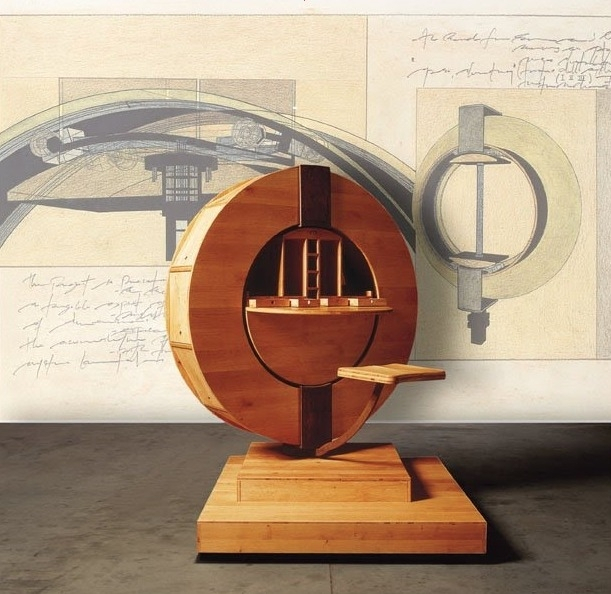via Archinect
The Biennale is a phenomenon: it stimulates, it exhausts, and it is addictive. The diversity of architectural production, local and global, expands inside the viewers’ veins and synapses. The backdrop to the Biennale, Venice, is a sublime, architectural drug on its own. Italo Calvino in ‘Invisible Cities’ describes the city beautifully, as multiple cities in one. The Architecture Biennale, is a microcosm of a city within a city, where the new and old connect. In 2014 Koolhaas’s, ‘Fundamentals’, the fourteenth Biennale, was expanded with a longer period and an intensification of the theme. Alejandro Aravena’s ‘Reporting from the Front’ attempts to take the Biennale into a wider architectural world by reflecting on the changing social and environmental times. That changes with the social to the fore result in many different architectures, from all parts of the world are represented, and without careful editing overdose inevitable. My first Venice Architectural Biennale fix was in 1985, and I was mesmerized by ‘Machines’, an architectural installation by a young energetic tutor from Cranbook, Daniel Libeskind. It raised questions: Was this architecture? Was the author an architect? Questions that in a different asked with a different slant today.
